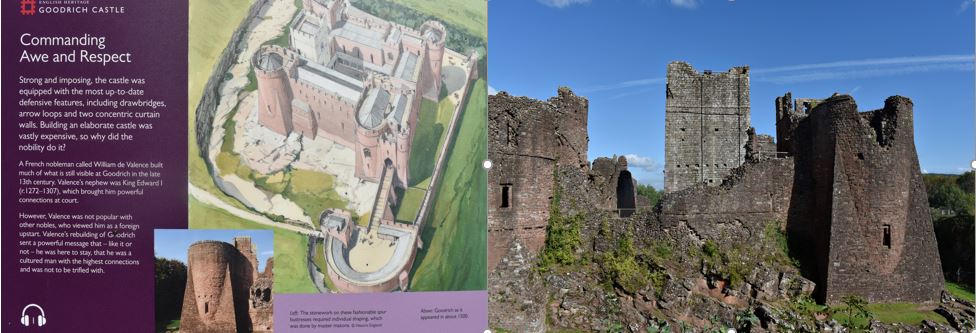While I do a great deal of background reading when writing my novels, I am a very visual writer in my imagination, and I love to study the art and artefacts of the period I’m writing about and to have a connections with things that involved my characters. Indeed, I find these visual connections a vital part of how I write my novels. It’s about the texture, the feel. It’s about touching the past. What were the everyday objects that surrounded them? Where did they live? What did they wear? What did their bed covers look like? What games did they play? etc etc. Below is jut a very small selection of images from my archive, taken from the 18 months I spent researching the novel.

1. William de Valence shield. 2 The Valence casket, commissioned by either Joanna de Valence or Aymer her son, late 12th or early 13th century V&A. 3. William de Valence Tomb effigy and colourations, Westminster abbey. 4. Artist’s impression of the Tower of London in the reign of Henry III

1. King Henry III’s Painted Chamber: Watercolour by William Capon 1799. 2. Seraphim ceiling decoration. The Painted Chamber 13th or 14th century. 3. Figures of the Virtues and Vices: The Painted Chamber 13th century. 4. The Painted Chamber exterior painting by James Lawson Stewart. 19th Century.

1. candle sconce corbel, Tower of London, decorated to reflect the room during the reigns of Henry III and Edward I. 2. Entrance to King Henry III’s chapel, Tower of London. 3. Replica textiles displaying royal bed coverings. 13thc. Tower of London.

Goodrich Castle, home of Joanna and William de Valence and Joanna’s particular favourite later in life.

Pembroke Castle. Another of Joanna and William de Valence’s castles. The model shows Aymer de Valence, their son feasting at Pembroke in the early 14th century.

From the Chronica Majora of Matthew Paris: 1.King Henry III’s elephant and its keeper. 2. The death of Gilbert Marshal at a tournament. The claim was that his reins had been cut, which Paris illustrates here. 3. Henry III bearing the Holy Blood of Christ to Westminster Abbey. I do wonder if one of the awning bearers is William de Valence.

1. Court wine jug mid 13th century. British Museum 2. Floor tiles from Clarendon Palace, reign of Henry III. British Museum. 3. Effigy of Isabelle of Angouleme, Mother of Henry III and William de Valence Fontevraud Abbey. 4. Horse harness pendants showing de Valence Heraldry and the lions of England. 13th/14thc. V&A Museum.